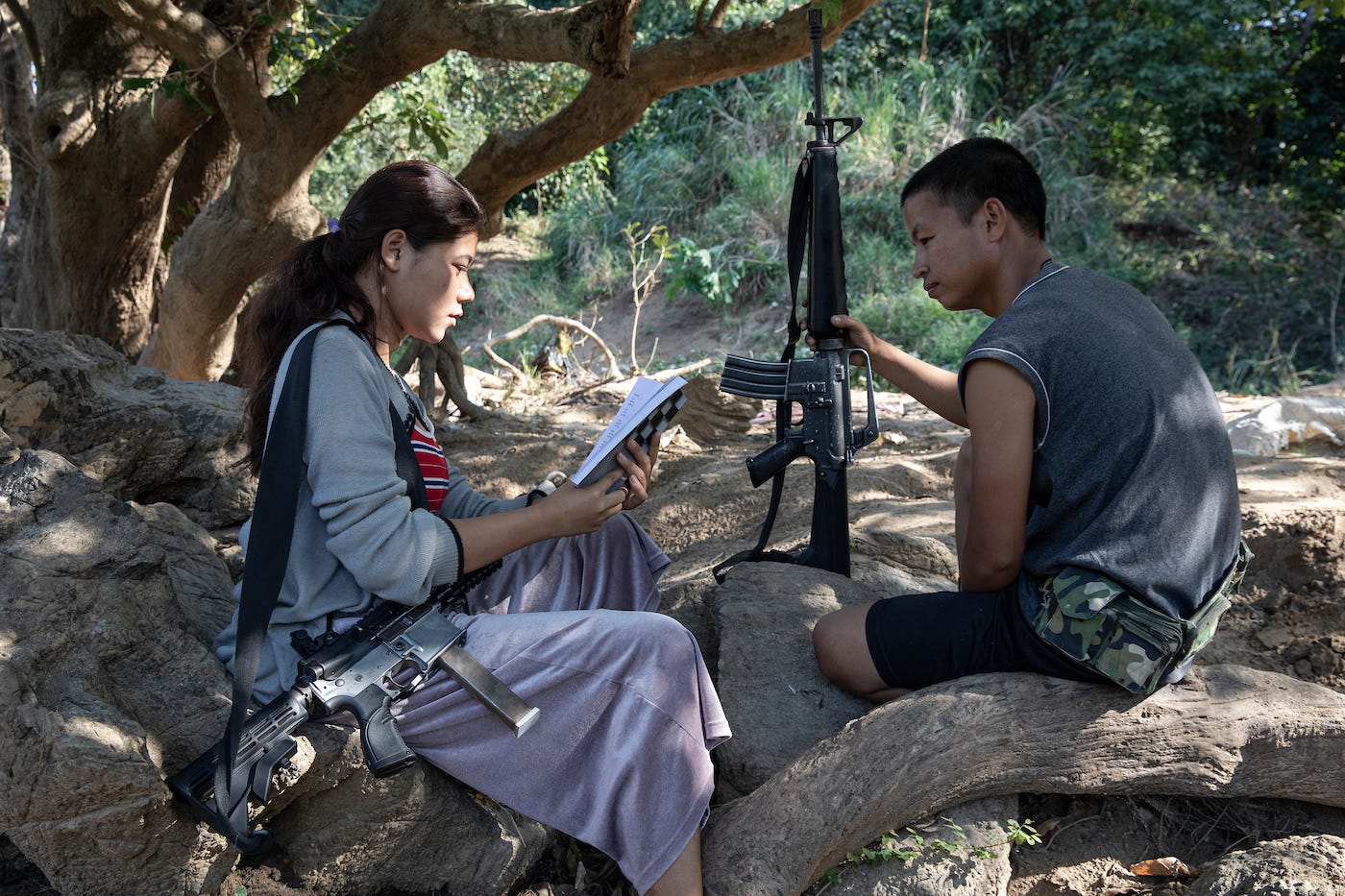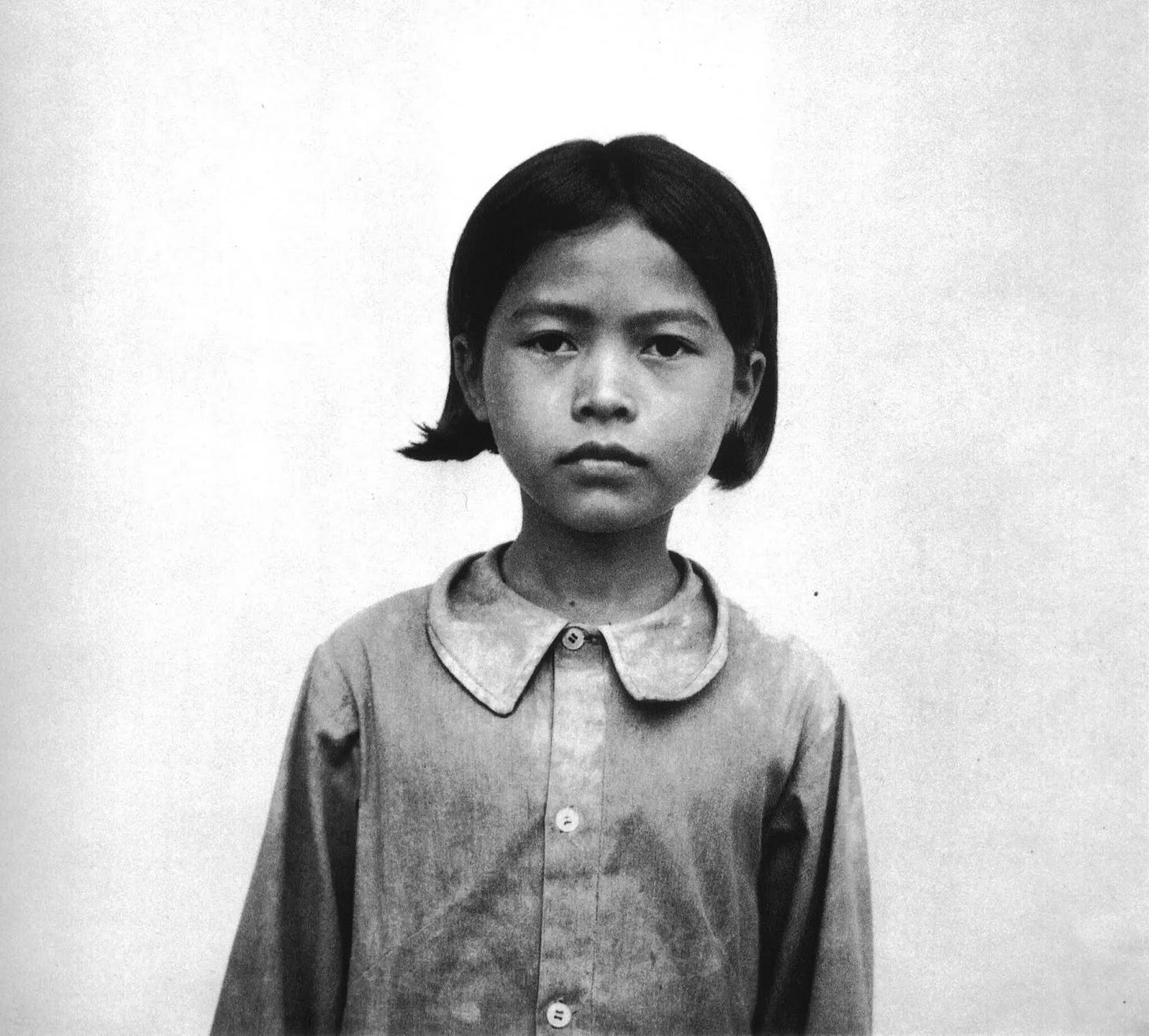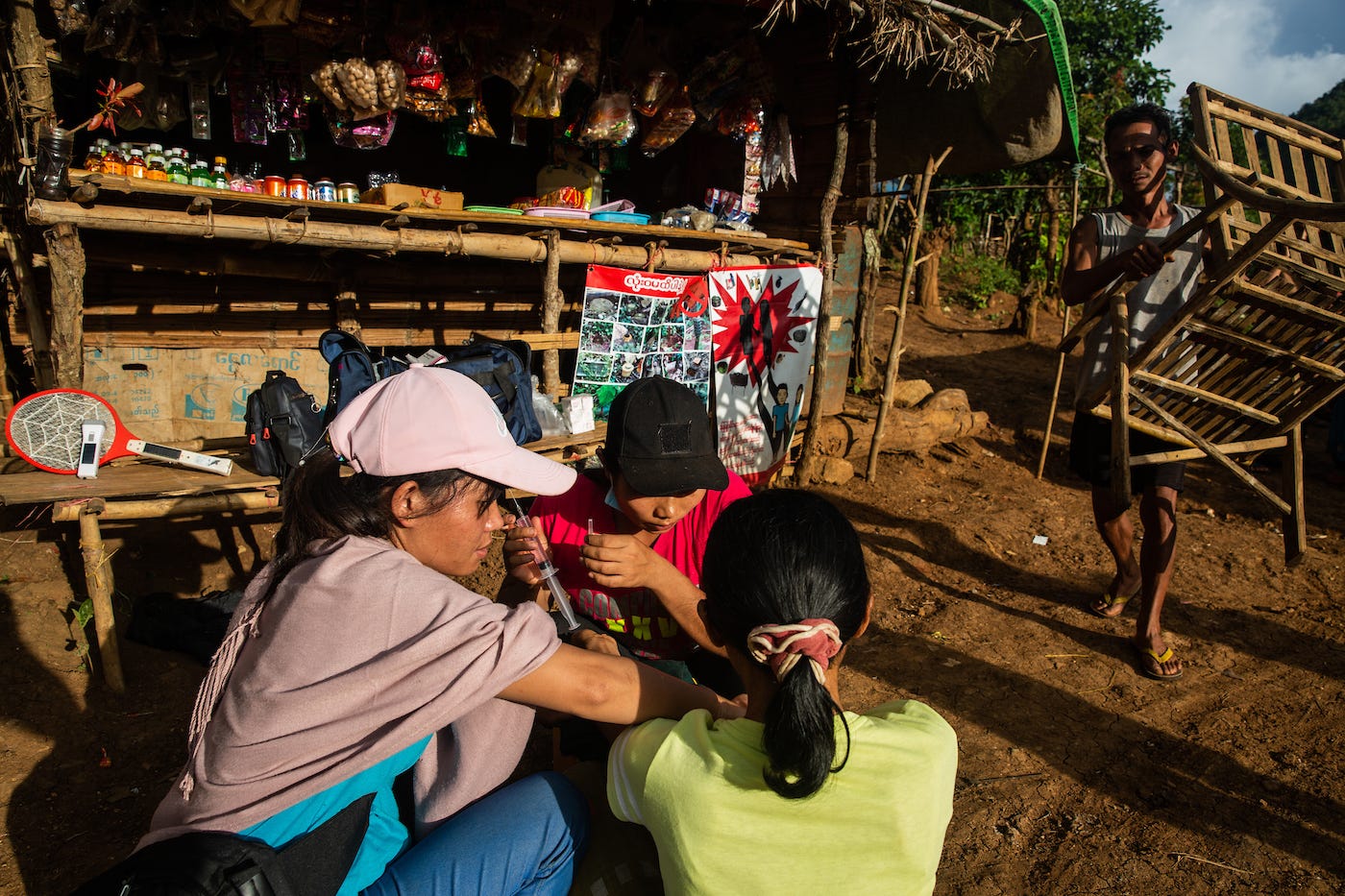Resist, Re-Center, Redefine
Iconic for whom? Global perspectives on imagery are more critical than ever
“I am the enemy you killed, my friend”. So wrote Wilfred Owen in his haunting poem on the horrors he experienced in the trenches of World War I. The power of this first hand account of war, artfully communicated through verse, cannot be denied.

This month we have two stories from the war in Myanmar. Presented in collaboration with Sacca, Resistance by Kyaw San and New Battles Old War photographed by Tha Yet. Both stories bring us an in-depth look at the camps on the frontlines of the resistance to the military junta that seized power in the coup of 2021. Both stories relay the point of view of those who are documenting the turmoil of their own country, their own struggle. Both may be objective documentary photography in one sense, yet in another, they are deeply personal. There is an “I” and a “we” here as much as there is a “them.” For me, this creates an empathetic bridge to the broader human “us,” and a path to greater understanding and awareness, brought to our attention with stinging clarity. As with the stanzas of Owen’s poetry, spend some time absorbing what it is these stories are speaking to.
Resistance and New Battles Old War are part of our series featuring Sacca photographers.
Whose Definition is it Anyway?
As our latest stories from Sacca reveal, The perspective from which we approach things matters. I’m always suspicious of claims to define or distill the essence of something, especially when it comes to important cultural moments and societal change. These events so often exist within a particular context and a tangled network of relationships. Besides, I’m more of a ragged-edge kind of person. Life is complex and significance can be relative. So it was with some trepidation that I opened the NY Times T Magazine article The 25 Photos That Defined the Modern Age.
There’s some cracking images and important events in this list, but (there is always a but) it reflects a very US Centric view of the world. There are only two images from Southeast Asia that make this list. 15 of the 25 are made in the USA.
There are some difficult images to look at here, and many of these I have used in my own teaching, so I really can’t fault the selection of individual images. I just wish it were a more globally representative selection. Yes it’s the New York Times, so we can perhaps expect this perspective, but it is also 2024, and we are supposed to be de-centering this kind of viewpoint.
One of the two from Southeast Asia is from the Tuol Sleng Genocide Museum. The first time I saw these images was in Colin Jacobson’s excellent book Underexposed: Censored Pictures and Hidden History. I have not been to the site itself in Cambodia, which is now a memorial museum to the genocide carried out Pol Pot’s Khmer Rouge. It is a disturbing set of images that are loaded with meaning. There is much written and discussed around this dark chapter of human history, and something to be said here about how we respond to the persecution of a people. In some cases we could perhaps claim “we did not know,” in others, we cannot hide behind ignorance. As An-My Lê points out in the discussion around the photograph, there is a “banality of evil” in the Tuol Sleng images. We are - and should be - rightly horrified. What does this then tell us about our responses and actions today to the systemic violence, murder and persecution that still wracks our world?

The second image from Southeast Asia is also one of violence. We are presented with the 1963 self-Immolation of the Buddhist Monk Thích Quảng Đức in Saigon by Malcolm Browne, which incidentally, I originally encountered on the cover of the first Rage Against the Machine album.
This exchange between Susan Meiselas and An-My Lê is instructive.
Meiselas: It makes me think of the Napalm Girl, as well [Nick Ut’s 1972 image of Kim Phuc Phan Thi, age 9, fleeing a napalm attack in the village of Trảng Bàng]. That moment impacted a generation. The question is, which one mobilized us further?
Lê: The Napalm Girl picture, for me, represents the notion that all Vietnamese are victims of war. I started watching war movies in college, and every time the word “Vietnam” comes up, that is the image that people have in their mind. I think the monk speaks to [something] beyond himself. He’s not a victim.
It is striking that Meiselas asks the question of “which one mobilised us further.” The “us” in this case, can only really refer to a Western, US-centric Anglosphere.
I have huge respect for Susan Meiselas, and I also consider Nick Ut’s image of Kim Phuc Phan Thi to be highly significant, especially as Nick was photographing the war in his own country, so Lê’s comment that this represents the notion that the Vietnamese were victims challenges my own bias. Selecting an image of that conflict on the basis that it returns some agency to the Vietnamese is an important perspective, even if the image was made by a Western photographer.
It’s clear that we all need to keep questioning our biases, and there is no better way of doing this than listening to the voices of stakeholders while also bringing our own perspectives to the conversation. When we reduce this dialogue to statements, we run the risk of ignoring the complexity to which these situations belong. This is why the work of the Sacca photographers is so important. While not every photograph will become iconic, we need more nuanced views - such as this image below by Kyaw San - to help us define our times.

☕️ 100 coffees will keep us going
We’ve just hit 100 subscribers, which is definitely a milestone. Thank you to all of you! If you enjoy this newsletter and find it useful, please share it with others who also might appreciate it!
Both this newsletter and everything on the Parallax website is free to read. If you can afford it, please help us keep things free for those that cannot.
We know times are tight for many, but if everyone who receives this newsletter contributed $1 a month - that’s $12 a year - to our coffee pot, that would cover the honorariums we pay to each photographer featured here.
We run this as volunteers, so your contribution goes directly to supporting the photographers we feature and to our running costs. No amount is too little (or too much!)
We never pay to promote, so every recommendation you make and every like and share of our socials helps keep Parallax in your feed, and genuinely helps spread the word about Southeast Asian photography. Thank you!
Regional Photo News
Photographers
Dita Alangkara photographs women rangers protecting Indonesia’s forests for the Associated Press.
Shwe Paw Mya Tin photographs Myanmar migrants' battle for reproductive rights in Thailand for Hard Stories.
Hard Stories also has articles on stateless youth and protesting artists in Thailand with photography by Visarut Sankham and Peerapon Boonyakiat.
Hiền Hoàng wins the Foam Paul Huf Award.
Thailand’s Senate recently passed the final reading of a marriage equality law, which means it is set to become the first country in Southeast Asia to recognise same-sex couples. Athit Perawongmetha photographs what this means for one same sex couple in Thailand. Breaking news like this is where the wire photographers shine. Check the bylines on The New York Times, CNN, Al Jazeera, The Bangkok Post, MSN or any of the many articles on this historic occasion, or the AFP and Getty archives for more.
This might be a good time to highlight the work of photographer, documentary filmmaker and staunch LGBTQ+ advocate Watsamon Tri-yasakda, also known as “June”: watsamontriyasakda.com or on Instagram
Durian is also in the news this year, with photographer Gabriela Bhaskar photographing China’s Lust for Durian Is Creating Fortunes in Southeast Asia for the NY Times and Lauren DeCicca similarly for Der Spiegel.
Photographer Ulet Ifansasti photographs the Bajo people from Indonesia’s Peleng Island for this NY Times story. Seafaring Nomads Settle Down Without Quite Embracing Life on Land.
Ezra Acayan is named News Photographer of the Year and wins News Photo Essay of the Year for APAC in this year's Getty Global Editorial Awards
Here’s a few of his recent stories:
Annice Lynn’s photograph of athlete Sha'Carri Richardson has been awarded a Special Merit in the Athletics Category at the World Sports Photography Awards 2024.
Grants, workshops and opportunities
The Fotomoto Open Call invites responses to how life in an archipelago has shaped, and continues to shape, our identities, and our communities. The deadline is August 11, 2024. Details here.
There is an open call for submissions for this year's Kuala Lumpur Photography Festival WPM’s group photo exhibition “Nature's Resilience”. Details here.
Trans Asia Photography invites submissions for a general issue, Volume 15, no. 2 (Winter 2025). The deadline is September 1.






